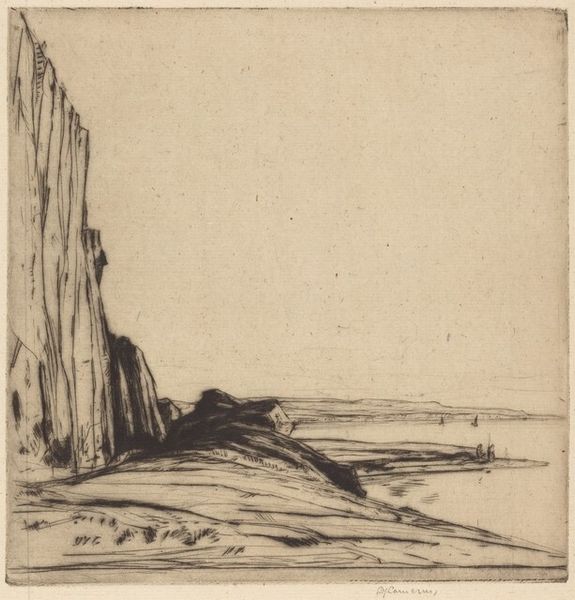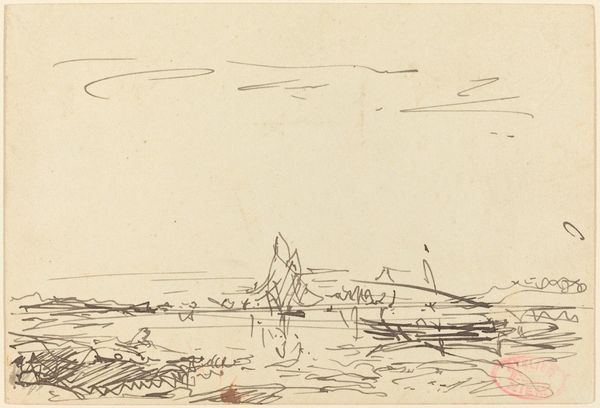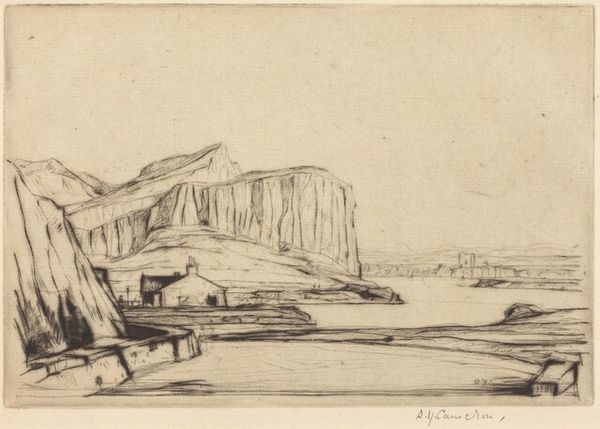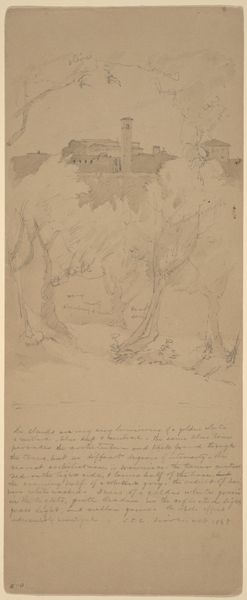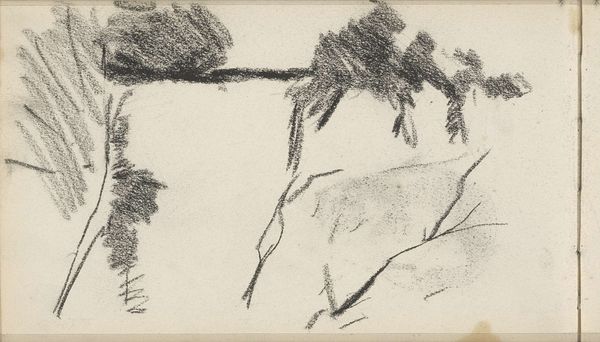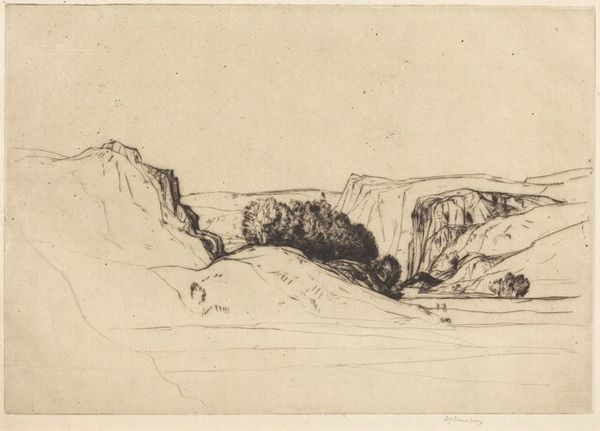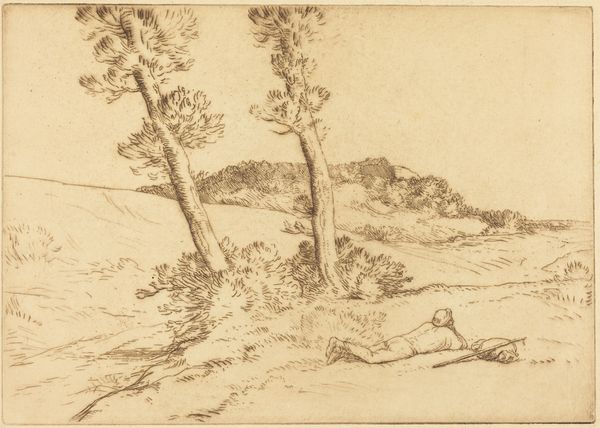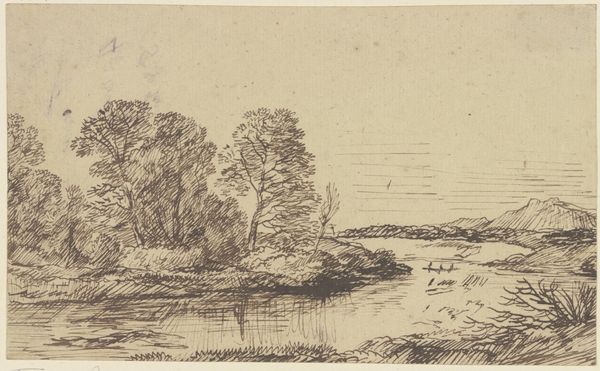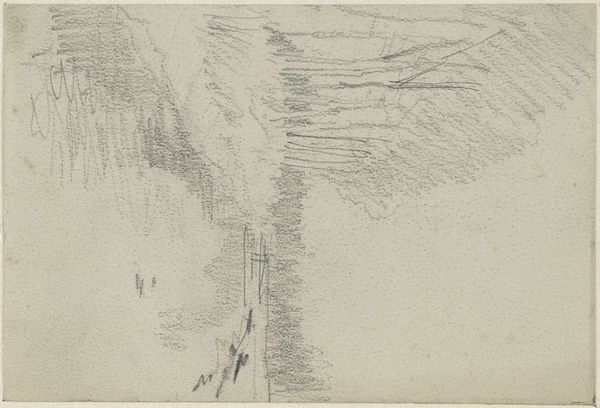
drawing, print
#
drawing
# print
#
landscape
#
line
Copyright: National Gallery of Art: CC0 1.0
Editor: This is David Young Cameron's "Appin Rocks," created in 1913, and appears to be a drawing or print. I'm really struck by the stark lines, almost like fractured planes, and how they capture this rugged, almost desolate landscape. What are your thoughts when you look at this piece? Curator: For me, this print embodies the relationship between artistic creation and industrial production. Consider the copperplate etching process: acid, metal, intense labor, and a press imposing force to transfer image to paper. Each line represents not just the landscape, but a confluence of material forces, and the artist’s manipulation of the manufacturing process. Editor: I see what you mean. It's not just a picture, but evidence of a physical process. How does that relate to the image itself, though? Curator: The choice of a barren landscape invites us to think about resource extraction. Are the rocks picturesque scenery or material for exploitation? The print medium democratized art for wider consumption, but simultaneously implicated it in market economies. Cameron, through his meticulous etching, grapples with high art's uneasy embrace of mass production. Editor: So, the medium isn't just the message, but also the *means* of production, highlighting the value we place on art in society? Curator: Exactly. Think of the paper it is printed on. Its raw material might have traveled long distances and undergone laborious procedures. A drawing can only exist through a confluence of circumstances of social, economic, and technical factors. The very act of creation is intertwined with networks of labour. Editor: That's fascinating, and I would not have approached it this way, now the image reveals so much about material, industry and context. Thank you! Curator: My pleasure. Looking closely reveals how much art is connected to everyday practices.
Comments
No comments
Be the first to comment and join the conversation on the ultimate creative platform.
